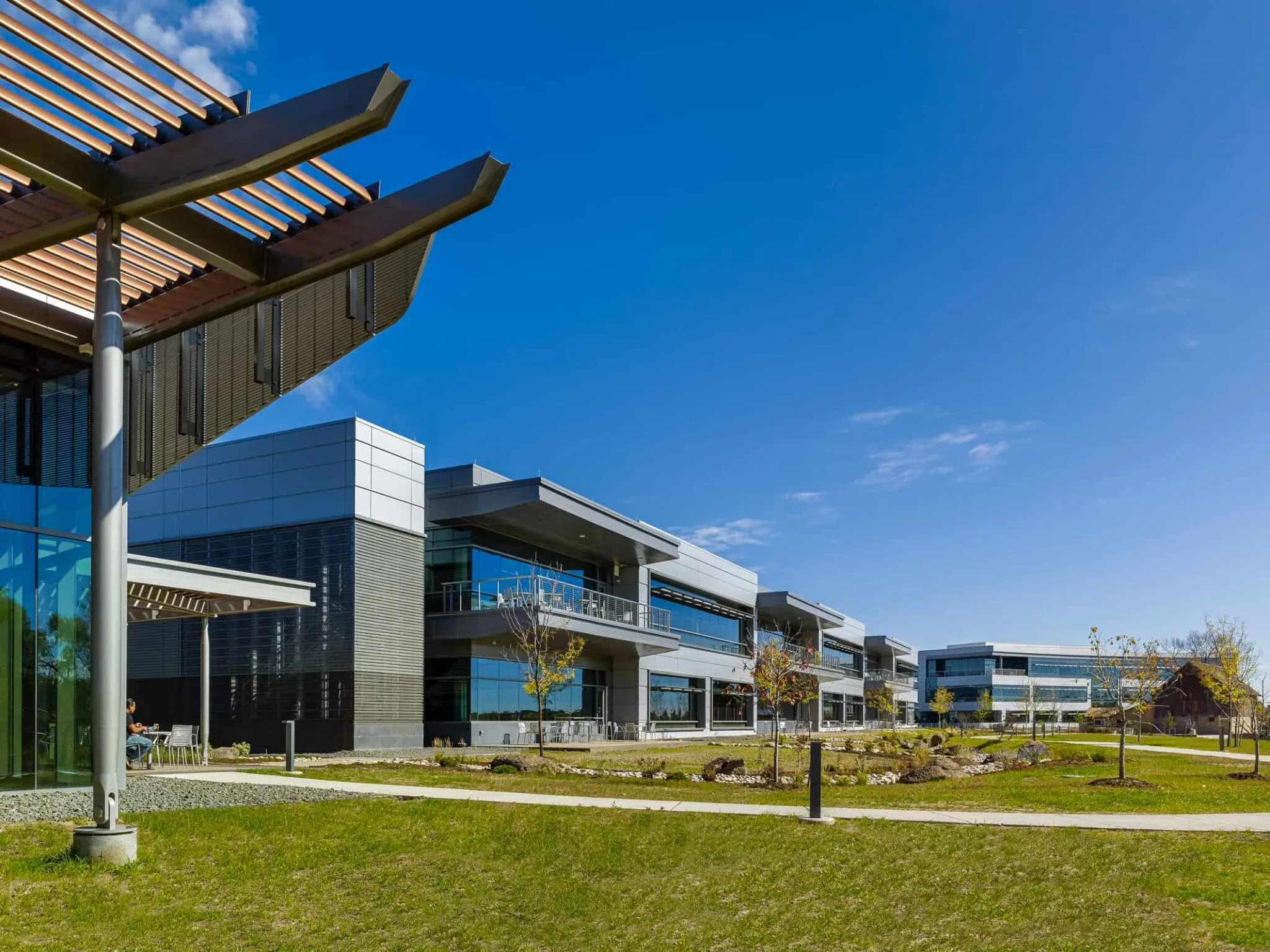Aerial system helps predict ‘depth’ of Colorado’s largest reservoir

Predicting how much water will be available from the American West’s largest reservoir — the snowpack — has taken on new importance because of the changing climate. As a result, new technology enables the predictions to be more accurate, said Jeff Deems, cofounder of Airborne Snow Technologies.
THIS ARTICLE IS FOR SUBSCRIBERS ONLY
Continue reading for less than $3 per week!
Get a month of award-winning local business news, trends and insights
Access award-winning content today!
Already have a paid subscription?





